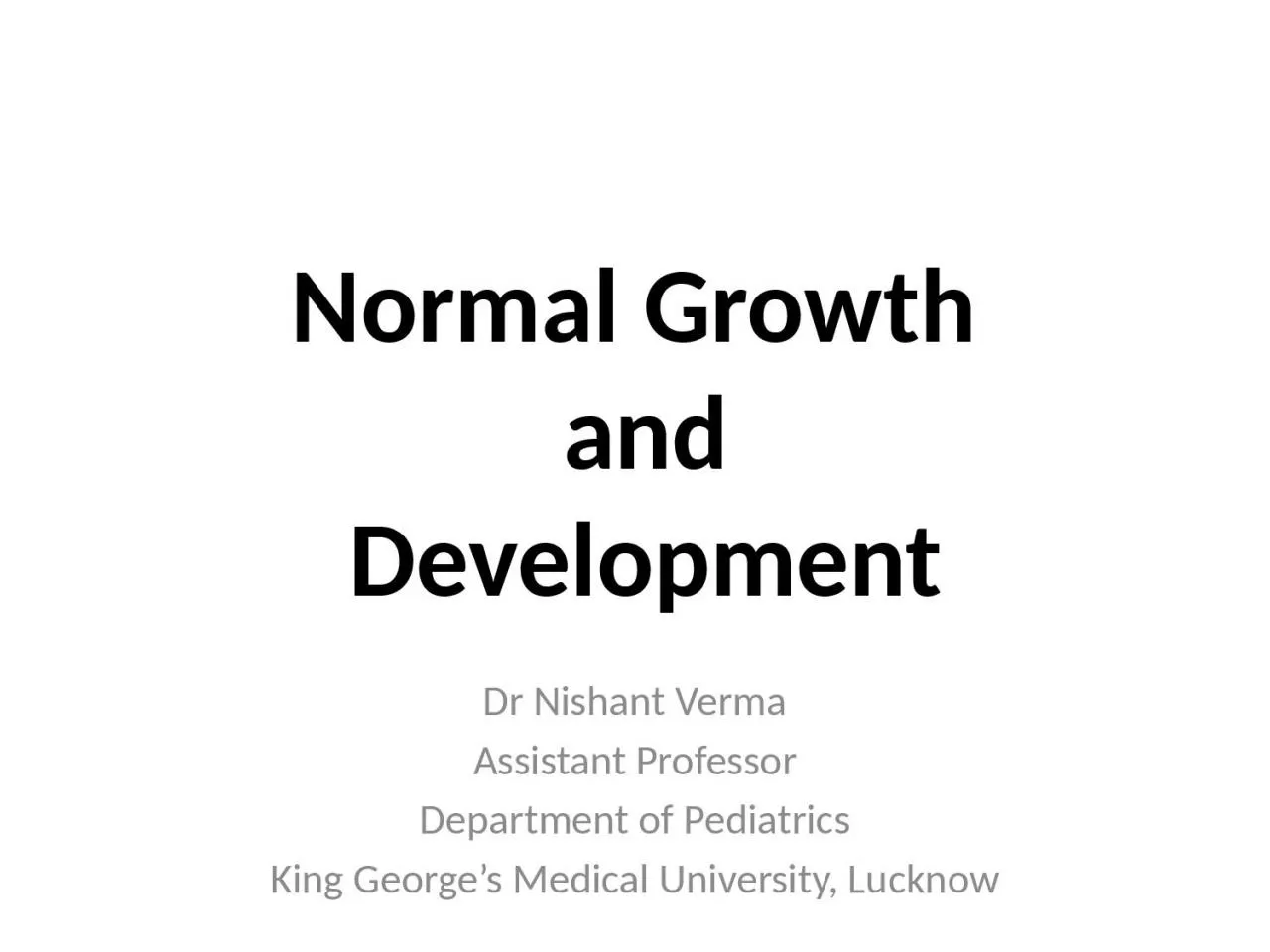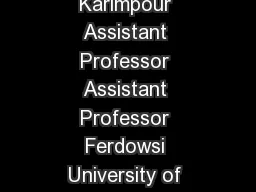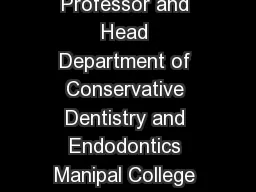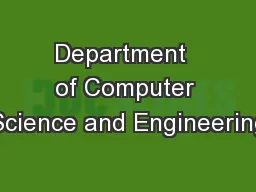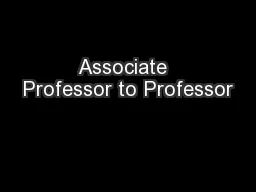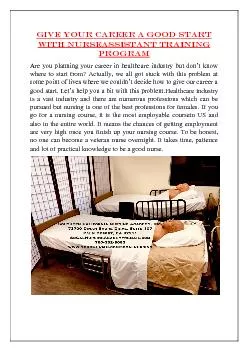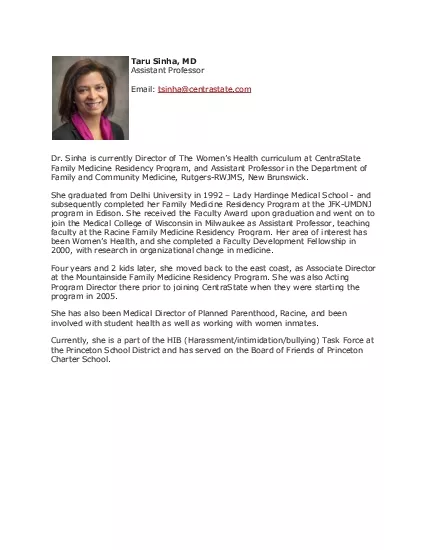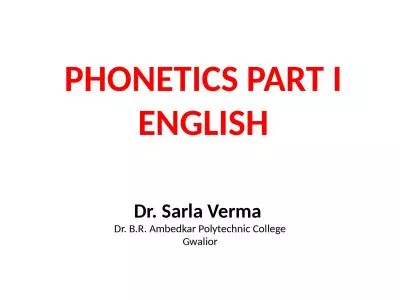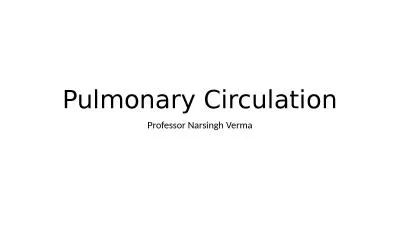PPT-Dr Nishant Verma Assistant Professor
Author : maisie | Published Date : 2022-06-11
Department of Pediatrics King Georges Medical University Lucknow Normal Growth and Development Definitions Growth Increase in size or mass Wt Ht HC Development
Presentation Embed Code
Download Presentation
Download Presentation The PPT/PDF document "Dr Nishant Verma Assistant Professor" is the property of its rightful owner. Permission is granted to download and print the materials on this website for personal, non-commercial use only, and to display it on your personal computer provided you do not modify the materials and that you retain all copyright notices contained in the materials. By downloading content from our website, you accept the terms of this agreement.
Dr Nishant Verma Assistant Professor: Transcript
Download Rules Of Document
"Dr Nishant Verma Assistant Professor"The content belongs to its owner. You may download and print it for personal use, without modification, and keep all copyright notices. By downloading, you agree to these terms.
Related Documents

